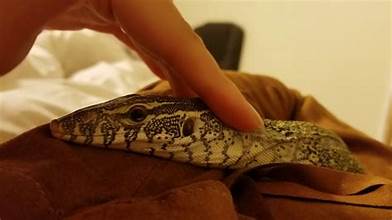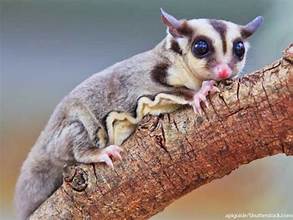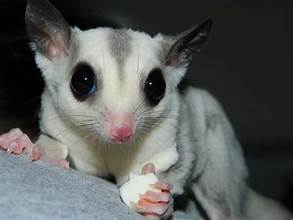With their remarkable intelligence and power, monitor lizards are reptiles that demand dedicated care. Whether you own a Savannah Monitor, Water Monitor, or Argus Monitor, providing proper housing, a well-balanced diet, and careful handling are essential for their well-being. This guide covers the key aspects of monitor lizard care, including large enclosures, taming techniques, and feeding requirements.
Large Enclosures for Monitor Lizards
Monitor lizards are highly active reptiles that thrive in spacious enclosures. A small tank or inadequate space can lead to stress, obesity, and other health issues, underscoring the crucial role of large enclosures in their care.

Minimum Enclosure Size
- Savannah Monitor:
6ft (L) x 3ft (W) x 4ft (H)
- Water Monitor:
8ft (L) x 4ft (W) x 6ft (H) (or larger)
- Argus Monitor:
10ft (L) x 5ft (W) x 6ft (H)
- Nile Monitor:
12ft (L) x 6ft (W) x 8ft (H) (or larger)
Key Enclosure Features
- Secure Enclosure –
Given that monitor lizards are escape artists, it’s crucial to ensure your enclosure has strong locks and is made of durable materials to prevent potential safety issues.
- Temperature Gradient –
Basking spots should reach 100-130°F, with a cooler side of 75-85°F.
- UVB Lighting –
Essential for calcium absorption and preventing metabolic bone disease.
- Substrate –
Cypress mulch, reptile-safe soil, or a mix of sand and soil work well for burrowing species.
- Water Source –
Large tubs for soaking, especially for Water and Nile Monitors.
- Climbing Structures –
Branches, rocks, and hides provide mental stimulation and exercise.
Taming and Handling Monitor Lizards
Monitors are brilliant but can be defensive if not appropriately handled. Taming takes patience and consistency.
Steps for Taming

- Let Them Acclimate –
Give your monitor time to adjust to its new home before handling.
- Use Positive Reinforcement –
Offer food by hand or use feeding tongs to build trust.
- Move Slowly –
Quick movements can startle them, leading to defensive behavior.
- Frequent but Short Sessions –
Handle them for short periods, gradually increasing interaction time.
- Respect Their Boundaries –
If your lizard hisses, whips its tail, or puffs up, give it space.
- Encourage Exploration –
Allow supervised out-of-enclosure time to help them get used to your presence.
Feeding Monitor Lizards
A proper diet is crucial for a healthy monitor. Because they are carnivorous, they require a varied diet to meet their nutritional needs.
What to Feed Monitor Lizards
- Protein Sources:
- Insects: Crickets, mealworms, dubia roaches, hornworms
- Rodents: Pinky mice, adult mice (size-appropriate)
- Eggs: Quail eggs or chicken eggs (occasionally)
- Seafood: Shrimp, fish (low in thiaminase)
- Poultry: Small portions of cooked chicken (unseasoned)
- Feeding Frequency:
- Juveniles: Daily feeding with a mix of insects and small rodents
- Adults: 2-3 times per week with larger meals
- Calcium & Vitamin Supplements:
- Dust feeder insects with calcium and D3 supplements to prevent metabolic bone disease.
Foods to Avoid
- Processed meats and fatty foods
- Raw pork (risk of parasites)
- Wild-caught insects (may contain pesticides)
- Excessive fish (some contain thiaminase, which depletes Vitamin B1)
Common Health Issues in Monitor Lizards
- Metabolic Bone Disease (MBD) –
Caused by lack of UVB or calcium deficiency.
- Obesity –
Overfeeding and lack of exercise lead to serious health issues.
- Respiratory Infections –
Poor humidity control can cause breathing difficulties.
- Parasites –
Internal and external parasites require vet treatment.
Is a Monitor Lizard the Right Pet for You?
Monitor lizards are not beginner reptiles. They require experienced owners who can provide large enclosures, a proper diet, and daily enrichment. If you’re prepared for the challenge, a monitor lizard can be an enriching and intelligent companion.
Final Thoughts
Monitor lizard care requires dedication, but with the proper setup, diet, and handling techniques, these reptiles can live long and healthy lives. Always research your species and consult reptile specialists to ensure you meet their needs.
For more exotic reptile care tips, visit our blog, where you can find the latest insights on keeping monitor lizards and other large reptiles happy and healthy!




